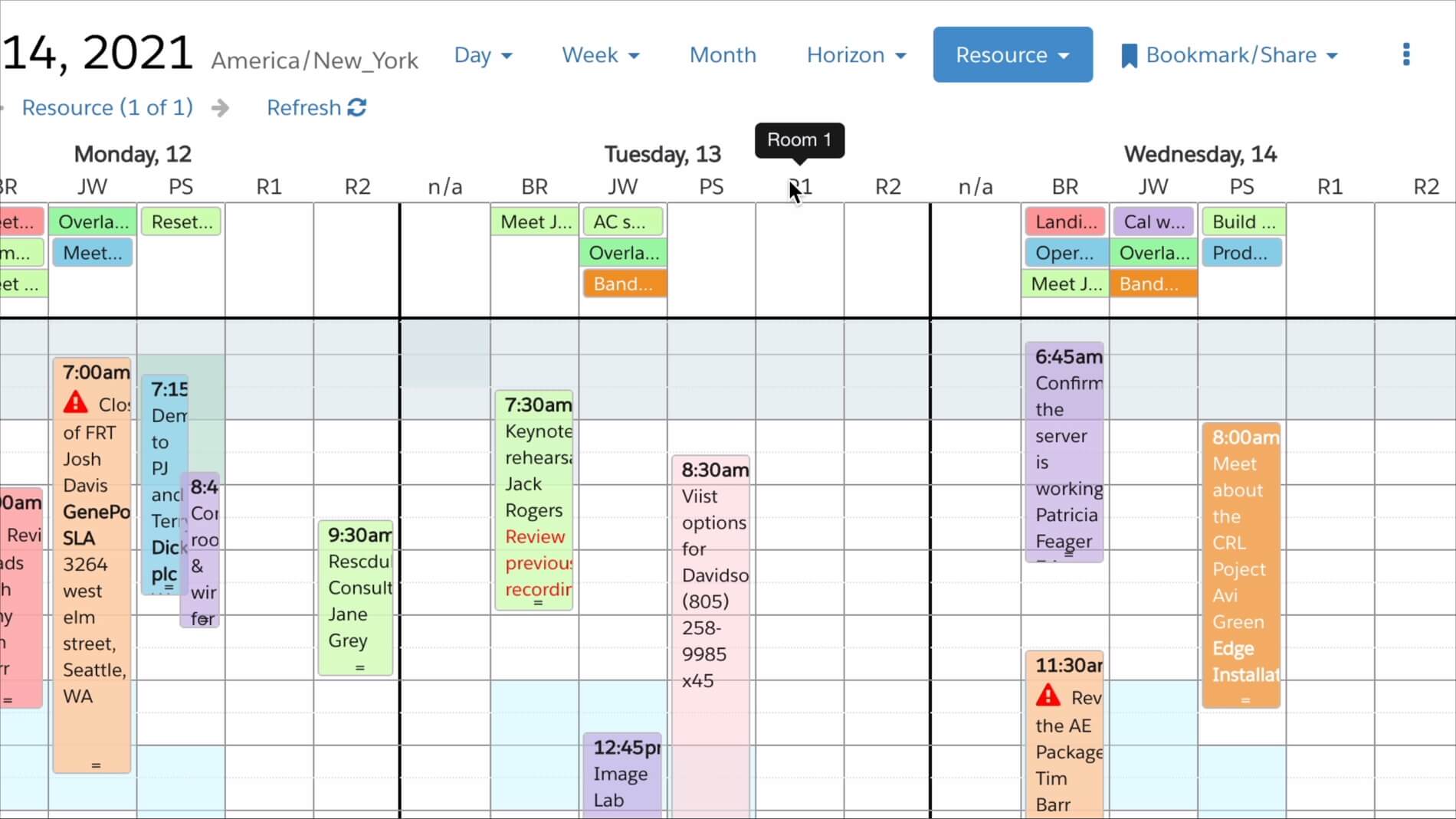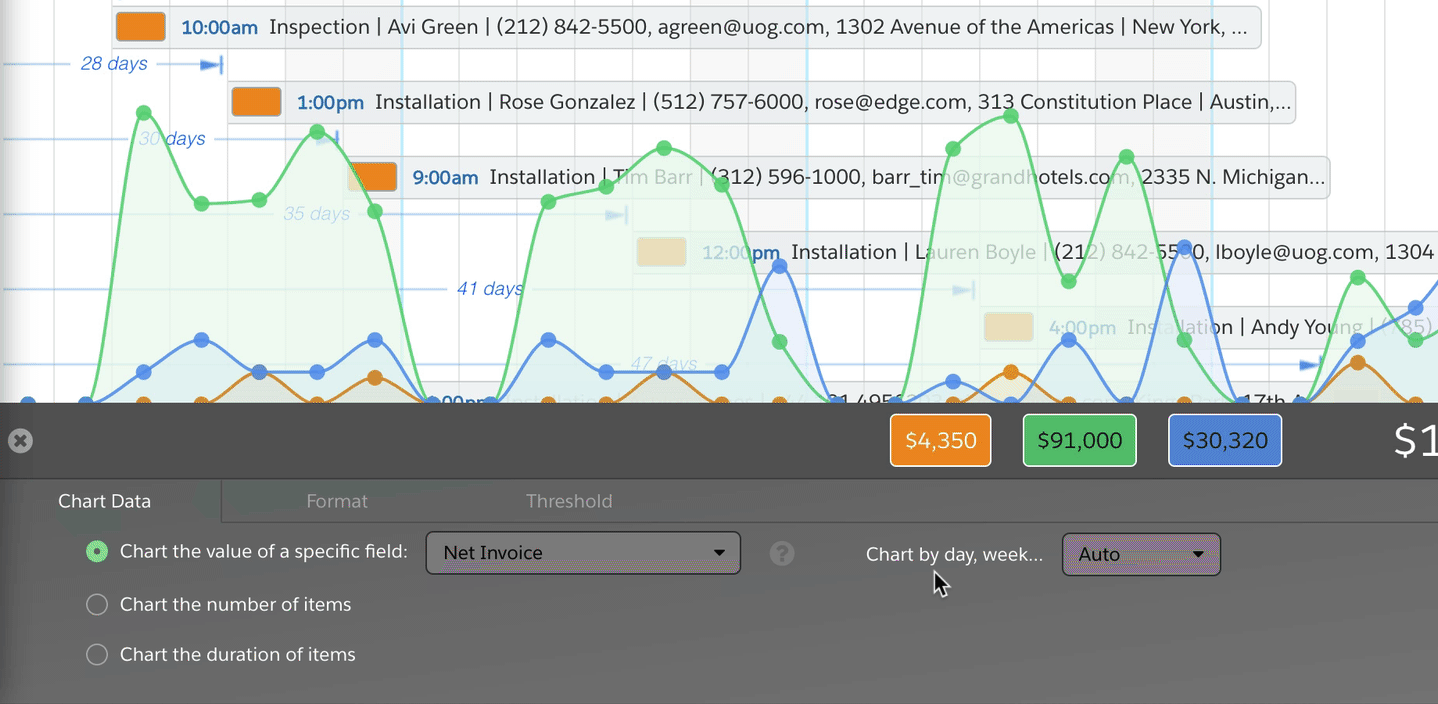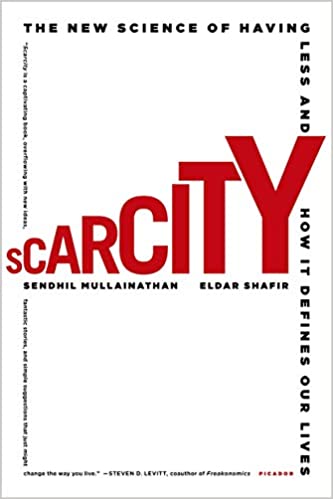
We know that working under tight deadlines leads to childish thinking: the greater the time pressure, the more we revert to mental models from childhood.
Research also shows that we predictably make bad decisions when we’re short on time. In Scarcity, Mullainathan and Shafir tweak classic experiments in behavioral economics by introducing various kinds of scarcity. They demonstrate that people tunnel in on the scarce resource, failing to consider consequences their actions may have outside the tunnel of the immediate problem.
“Tunneling” may help explain bad decisions like revolving pay-day loans and other kinds of borrowing–like when we borrow time.
Scheduling Against Scarcity: Surgery Rooms
There is good news for schedulers in their research: adding white space in our schedules can blunt the effect of scarcity. Their most dramatic example is in health care and comes from an acute care hospital in Missouri.
The hospital performed thirty thousand surgeries a year in thirty-two operating rooms: each of which was always fully booked. So when emergency surgeries arose (about 20% of surgeries were unplanned), they had to bump long-scheduled surgeries causing high disruptions to staff and patients.
Hospital staff sometimes performed surgeries at 2 am, physicians often waited several hours to perform two-hour processes, and staff members regularly worked unplanned overtime.[1]
This will sound very familiar to anyone working in a schedule that’s overextended. The counter-intuitive solution: leave one surgery room unscheduled. The hospital was able to increase its overall surgical volume by 7 to 11 percent. The number of surgeries performed after 3 pm fell nearly in half, and revenue increased.
One reason this seems so surprising is that we misunderstand “emergencies” or emergent work. They’re not black swan events that are bound to overwhelm us. Quite the opposite.
“Everyone assumed that because the flow of unscheduled surgeries can’t be predicted, setting aside an OR just for ‘add-ons” would be a very inefficient use of the space,” said Christy Dempsey, vice president of the Emergency Trauma Center, who led the initiative. As it turns out, the terms “unplanned” or “unanticipated” are a bit misleading; they imply these emergencies are unpredictable. Of course, while each individual surgery is not known in advance, the fact that there will be such surgeries, much like the [economic] shocks that hit the poor, or the busy… is quite predictable. There is always a steady flow of “unanticipated” cases.[2]
Be Unscheduled
Setting aside a room just for unplanned surgeries has a corollary in setting aside time with nothing scheduled. They’re shock absorbers in our schedule. Another version is allocating work below capacity: if I know that my team can bill 75 hours a week, they’ll run into scarcity issues if I plan all 75 hours each week. It will look like the hospital: late nights, missed deadlines, and stress.
I need to allocate 80% of their target, knowing that “there is always a steady flow of ‘unanticipated’ work” that will invariably get them to 100%.
In fact, it’s this emergent work that the team is most motivated to work on: we deliver new software to a customer, and they discover one small change that would make it perfect. The team wants to make that change right away. We’re demoralized and frustrated if we have to defer it or reschedule other work to make that happen. We want to say yes to that last-minute request; we all want to be heroes.
Resource Scheduling: See Your Capacity in Health Cloud
DayBack’s resource scheduling views break out your schedule by room, person, or skill set, letting you make schedule balancing decisions at a glance like nowhere else in Salesforce or Health Cloud.

And DayBack can help you see when you’re too close to your capacity. Calendar Analytics charts your schedule against your goals, so you can see if you’re making promises you can’t keep. Plot your schedule against revenue and capacity, using a bookmark for each.

Learn more about Calendar Analytics and see some schedule-balancing examples here: Measure Your Plans.
(Need more? Schedule a Demo)
Notes

Leave a Reply